Learning the Fundamentals Behind Circuitry and How Circuits Are Used In All of the Technological Devices We Use Today
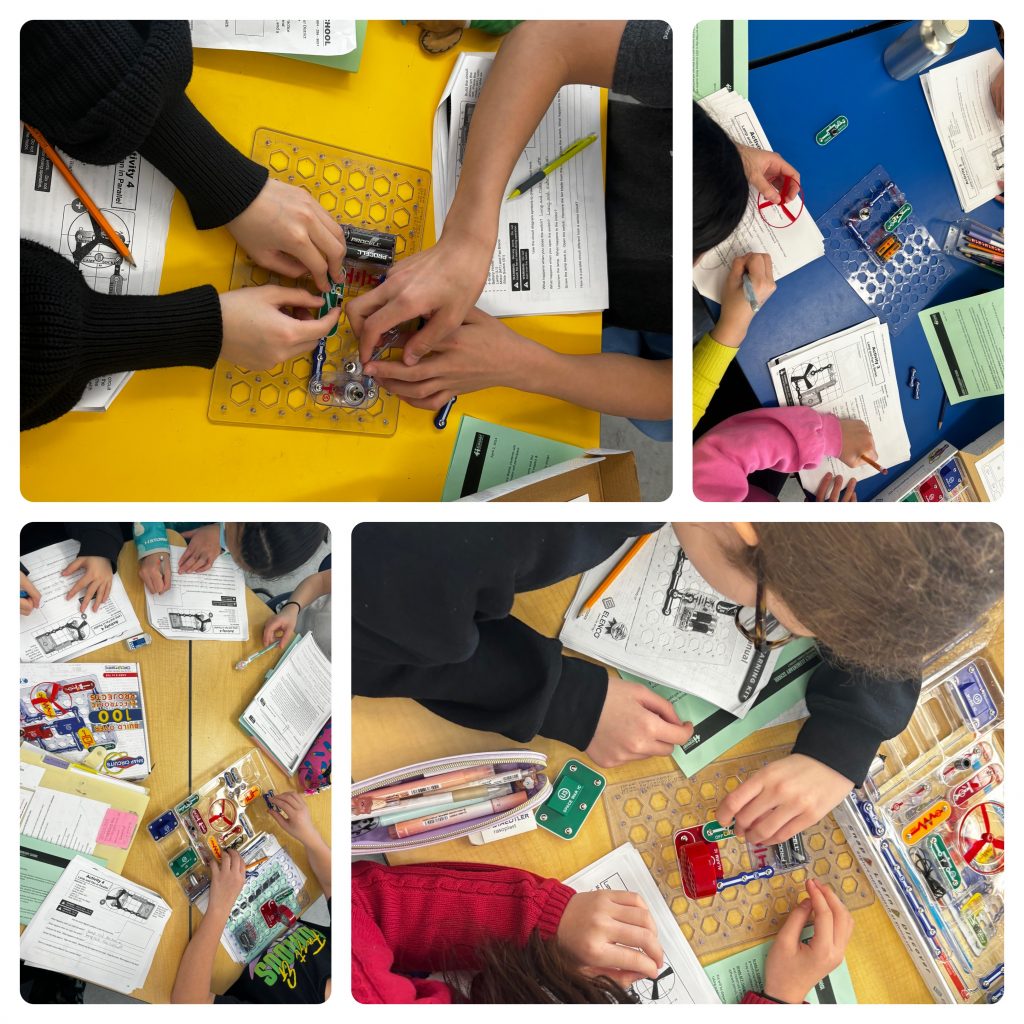

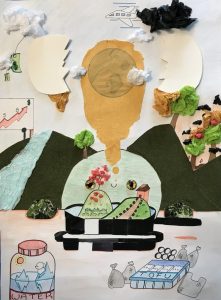
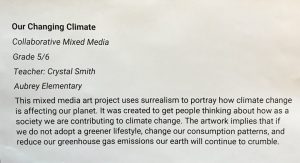
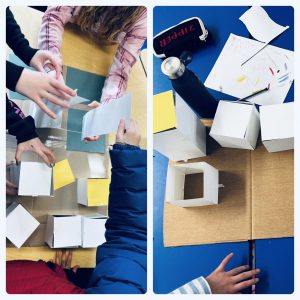 Recently in class students participated in a climate justice and climate change simulation. In this simulation students learned about the consequences of climate change, the injustice, and effects of climate change often experienced by vulnerable populations around the world.
Recently in class students participated in a climate justice and climate change simulation. In this simulation students learned about the consequences of climate change, the injustice, and effects of climate change often experienced by vulnerable populations around the world.
Students work in groups to build communities and attempt to develop mitigation and adaptation strategies while experiencing the impacts of climate change (droughts, tropical storms, rising sea levels, and other impacts of climate change).
Some of the takeaways were:
Climate change is affecting those who are often contributing the least. The people hit the hardest are those already living in poverty and at higher risk.
The simulation also highlighted the affects that climate change is going to have on people.
– Climate change is affecting our ability to grow food. Growing seasons are disrupted or shortened and storms, droughts, and floods all
affect harvest outcomes.
– Climate change is affecting where and how we live making people relocate and find new homes after generations of living in one area. It is also causing extreme storms, rising sea level, melting permafrost, etc.
-Climate change directly affects human health and safety and can lead to the spread of diseases (like malaria), heat waves, wild fires, air pollution.
This lesson is going to be one of many climate change lessons as we explore more sustainable ways of being and doing in our world in an attempt to protect the planet.
After Spring Break students will also be participating in Indigo’s Read for the Planet Program and as a classroom we will be exploring ways we can take action in our school and the broader community to combat climate change and keep our planet healthy for more years to come
Students are naturally curious about the world in which they live. They want to know more about their planet and are concerned with the challenges we face. Reading and learning together with your child is a safe and supportive way to develop awareness and ideas for ways to care for the planet. Reading about how to care for the planet can also help deepen connections to other people and the planet—connections critical for understanding the challenges and opportunities being faced in communities around our planet.
The attached resource was designed by the Indigo Love of Reading Foundation in partnership with our curriculum partner, The Critical Thinking Consortium (TC2) as an extension of our school-based Read For The Planet learning modules. We know that schools are just one place students learn and that home is a critical space for expanding on and practicing what happens in the classroom. This guide provides parents and caregivers with book suggestions, worksheets, discussion prompts and a template for a home-based action project all to help you and your little changemaker to get inspired through reading and have fun while learning about the environment together.
Lesson Retrieved From: http://www.mcic.ca/uploads/documents/Climate%20Justice-Final%20PDF%202022.pdf
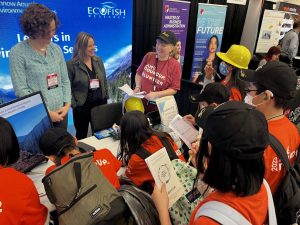
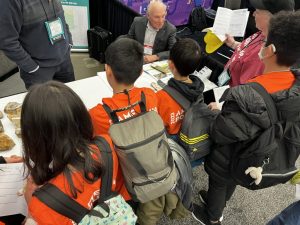
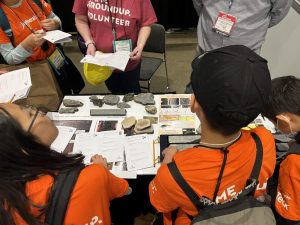
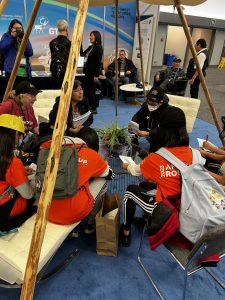
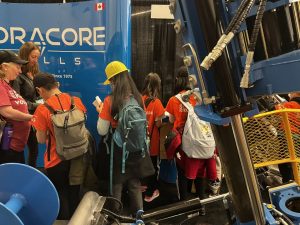
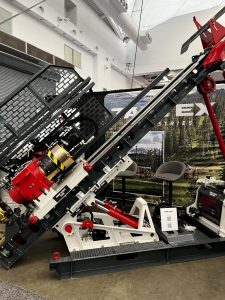

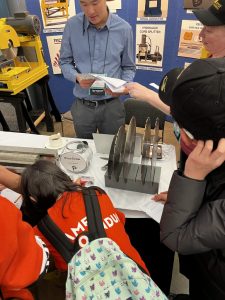
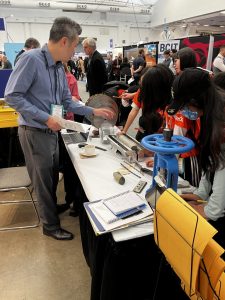
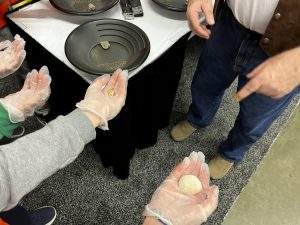
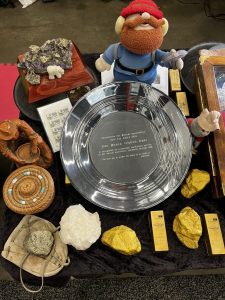
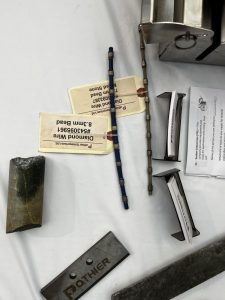
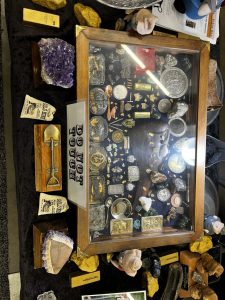
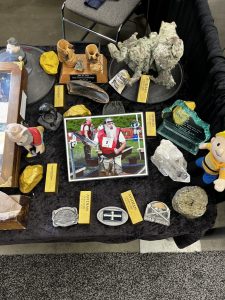
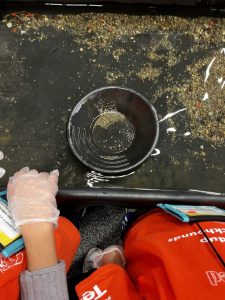

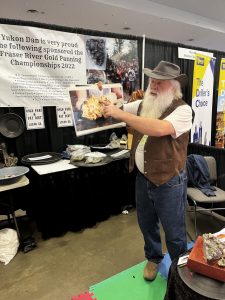
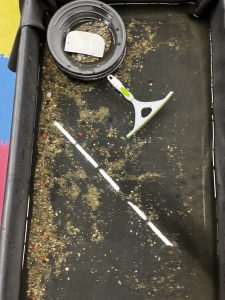
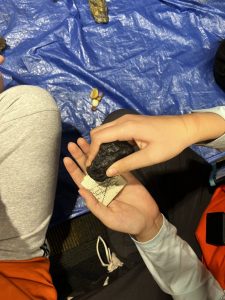
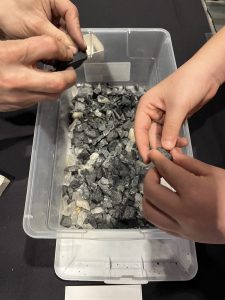
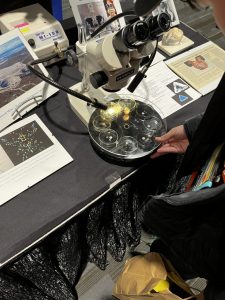
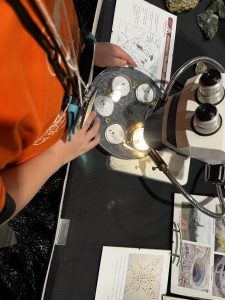
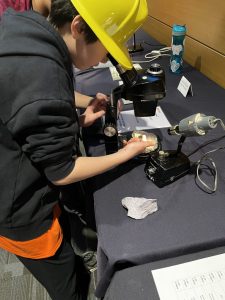
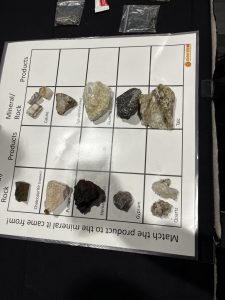
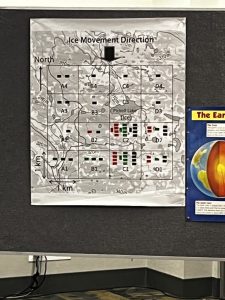
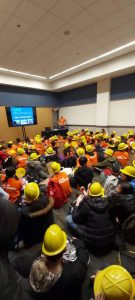
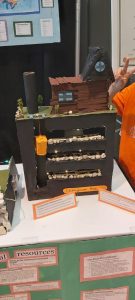
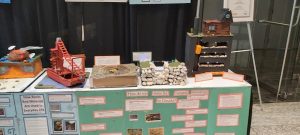
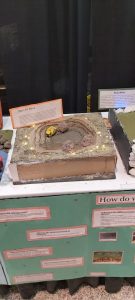
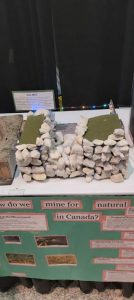
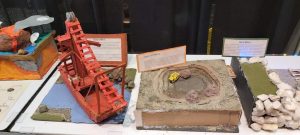
https://share.icloud.com/photos/0d5DTy3Mc_sPIHJYBqvrIhkHA
https://share.icloud.com/photos/076G0pCNZEMcmhOAdIYDbndRA
Students from Division 3 and 5 had a fun filled day at the Vancouver Convention Centre as we wrapped up our MineralsEd Rockhounds program. Throughout the day they learned more about geology, minerals, new technologies, and careers in mineral exploration and mining. They learned more about how Canada’s critical Minerals are used and why they are important to the global economy. They also had the opportunity to pan for gold with Yukon Dan and learned how geologist determine the location of mineral resources based on ice movements.
Thanks again #MineralsEd for this opportunity. We had a great time and learned so much.
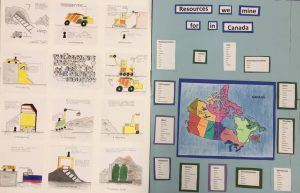
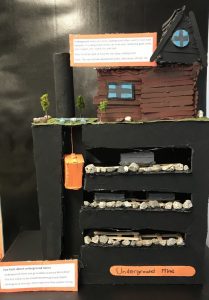

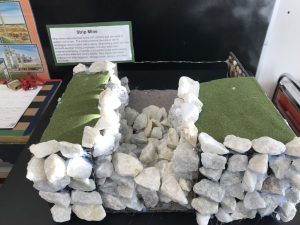
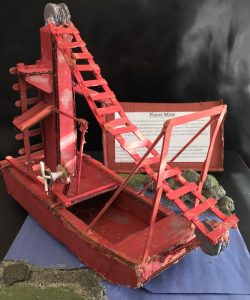
Students have been learning about the mining process and about different types of mines. Their work and models of open pit, placer, strip and underground mines along with their oversized visuals outlining the mining process and resources we mine for in Canada will be on display this week at the Vancouver Convention Centre for AME Roundup which is the premier gathering place for thousands of geoscientists, prospectors, financiers, investors, suppliers, governments and Indigenous partners to engage, share knowledge, and look at opportunities and challenges shaping the mining industry.
It was a wet day but we had so much fun at Britannia Mines today learning more about the rock cycle, types of rocks and minerals and the mining process.
Students, teachers, EA’s and parent volunteers participated in a one hour underground tour where they learned about how copper was mined and extracted from the earth when Britannia was a working mine.
After the underground tour we participated in a lab where we learned how every rock has a story. We learned more about how rocks tell us about the history of our planet, both distant and more recent. We also learned how rocks move through the rock cycle transforming from one type of rock to another.
To wrap up our visit we ended with an international award winning presentation called Boom where we were able to discover the thrilling light, sound, and special effects experience inside the historic mill. We experienced all 20-storeys coming back to life with a thunderous roar and even saw some Britannia ghosts 👻
Here are some pictures and videos from today. Enjoy!
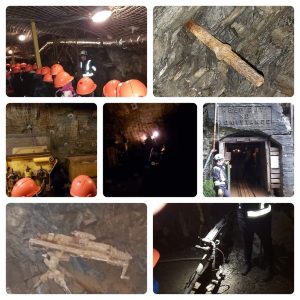
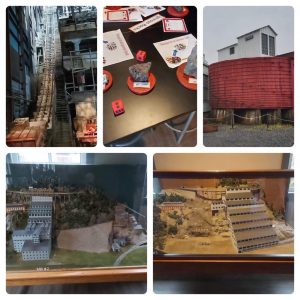
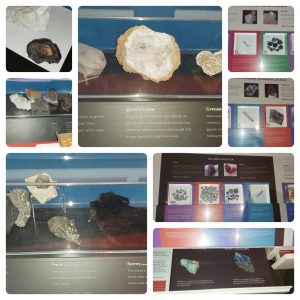
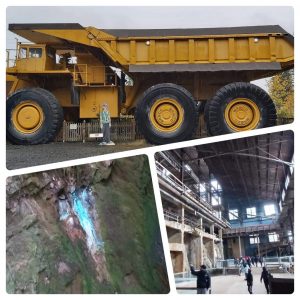
Video Links:
https://share.icloud.com/photos/0561TEQdbtD8TW-M0z5QMbbLQ
https://share.icloud.com/photos/0759oj0YKknFu9F8iOUB2xfRw
https://share.icloud.com/photos/0e5UGStFJwNYfzykUQSaXjjbw
https://share.icloud.com/photos/0e7XQVsjaCFdMPMRgyfq9HuOw
https://share.icloud.com/photos/011n77M8Nx6bpZhD_bKJxIKNA
https://share.icloud.com/photos/0afaUrunbLXaaxSJYtQPkYkDg
https://share.icloud.com/photos/062ruWBNprbLvNdFAotPs_MOg
https://share.icloud.com/photos/006nrPYLxGpZuKE0P05QuJfog
https://share.icloud.com/photos/09c8PxHChOeBOb9uBXVLOEXHA
https://share.icloud.com/photos/052hESMiiiRMUDnF2_sM9bnFw
https://share.icloud.com/photos/07erUmSdksmF4Mw2trHvYHm4A
In Class this week we’ve been learning about the the different types of rocks, the rock cycle, and the methods scientists use to classify rocks. Towards the end of the week they participated in a series of experiments to test and record the hardness, reactivity, and buoyancy of various rock samples before making predictions about the type of rock (igneous, sedimentary, metamorphic) each sample was. Here are a few photos showing these busy scientists at work:
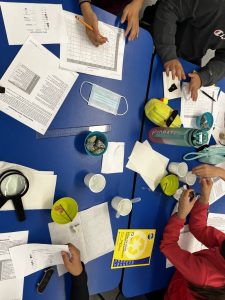
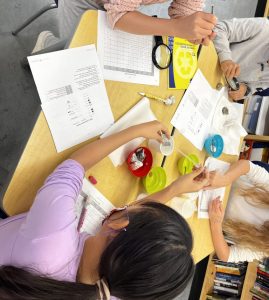
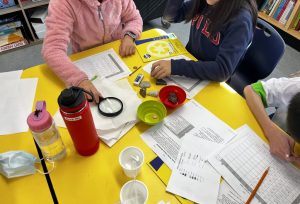
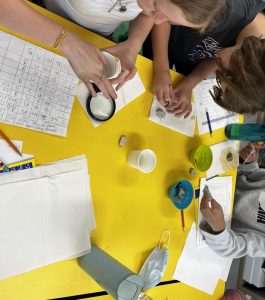
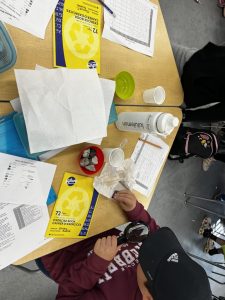
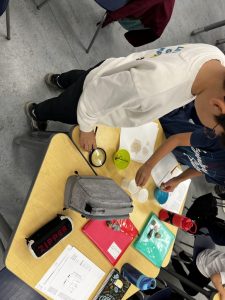
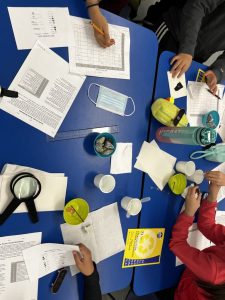
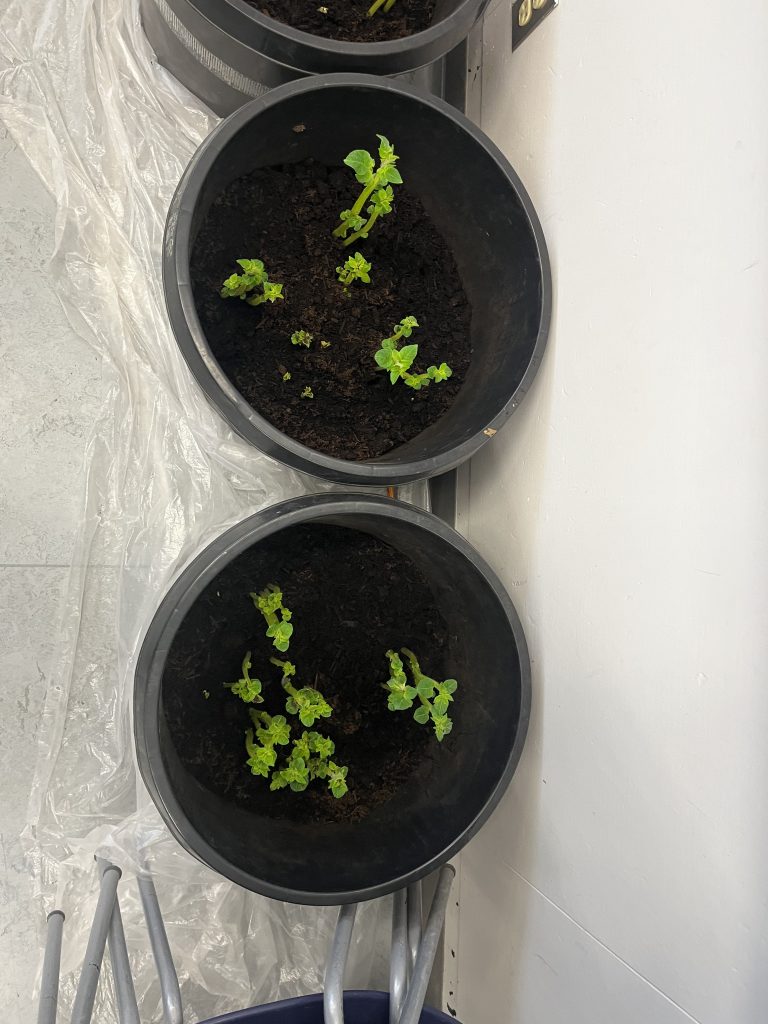
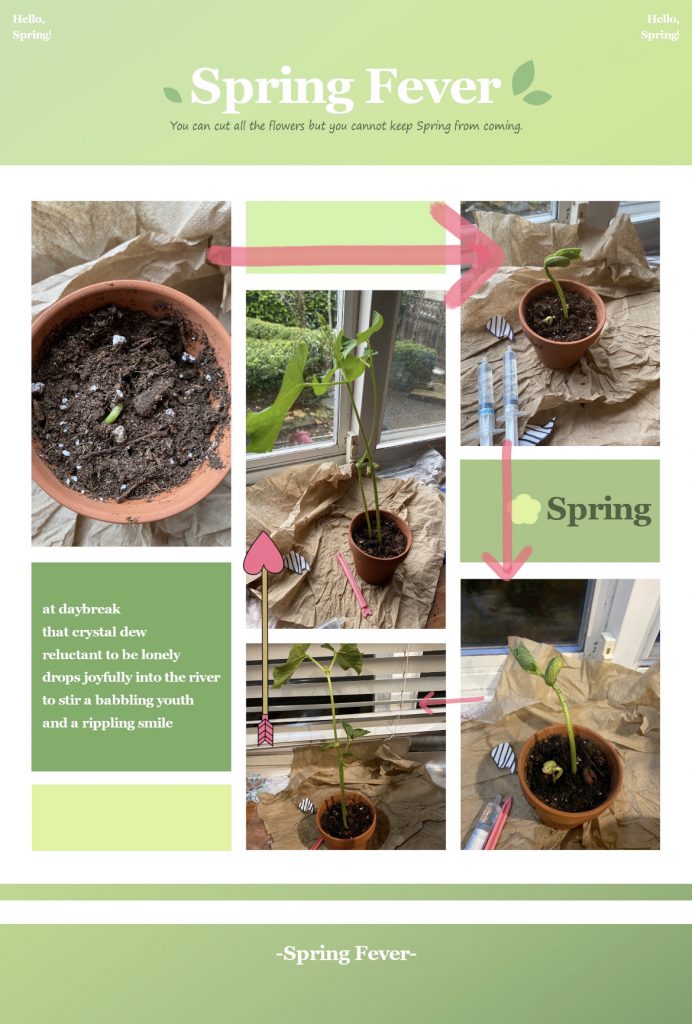
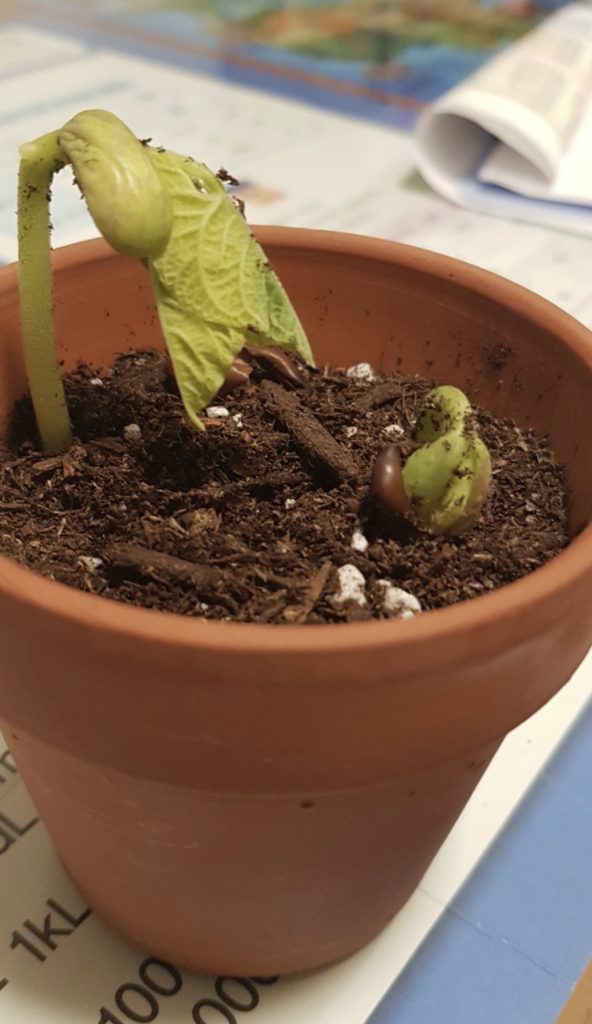
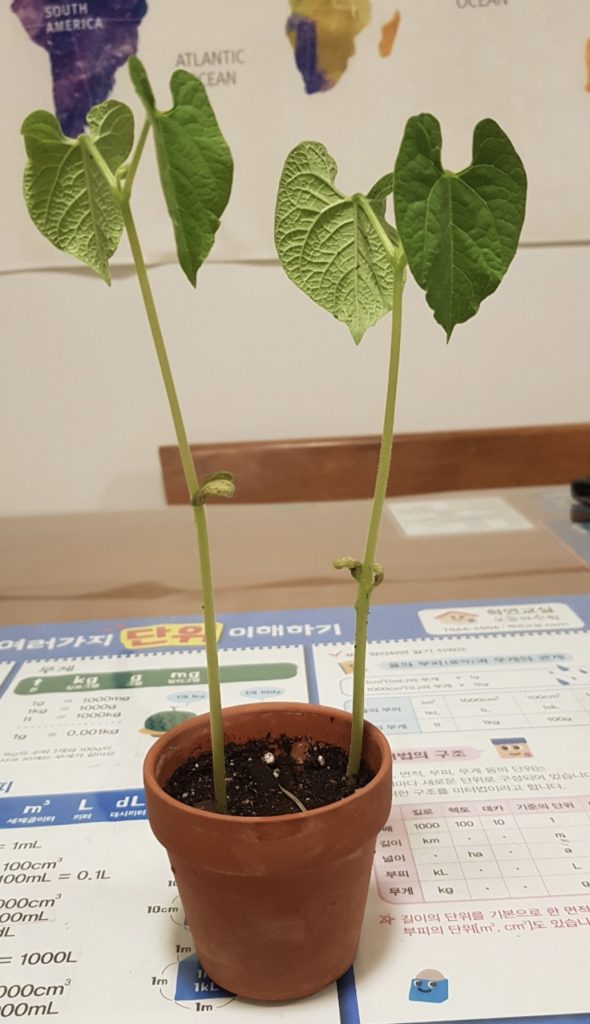
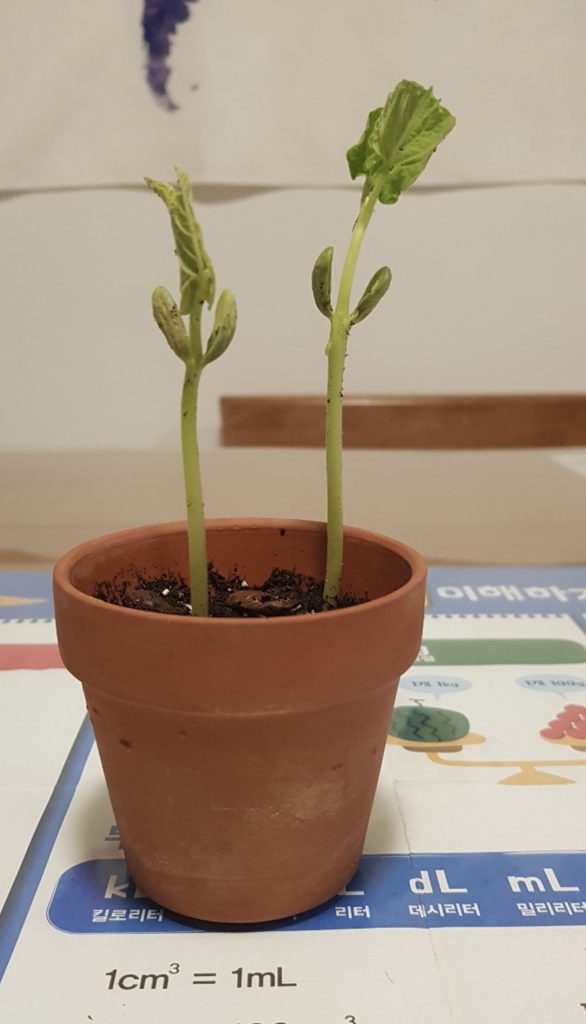
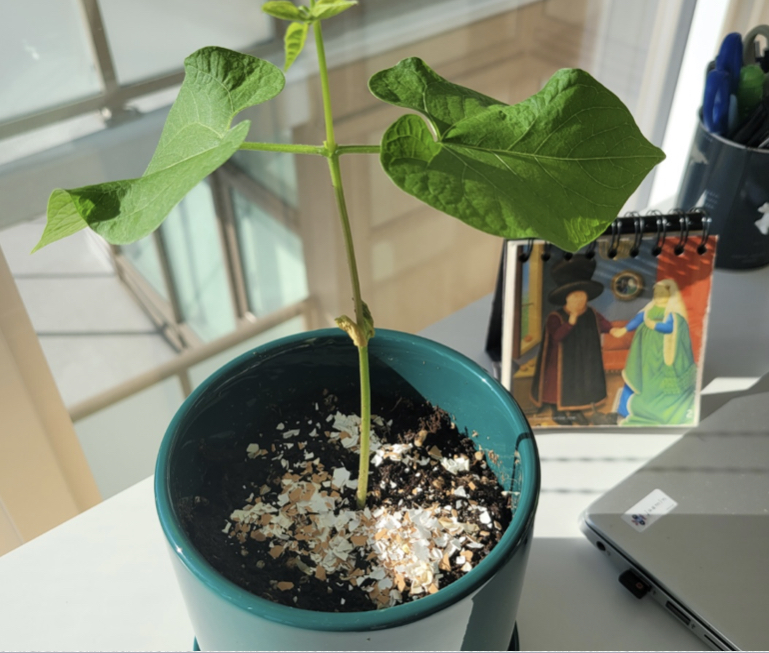
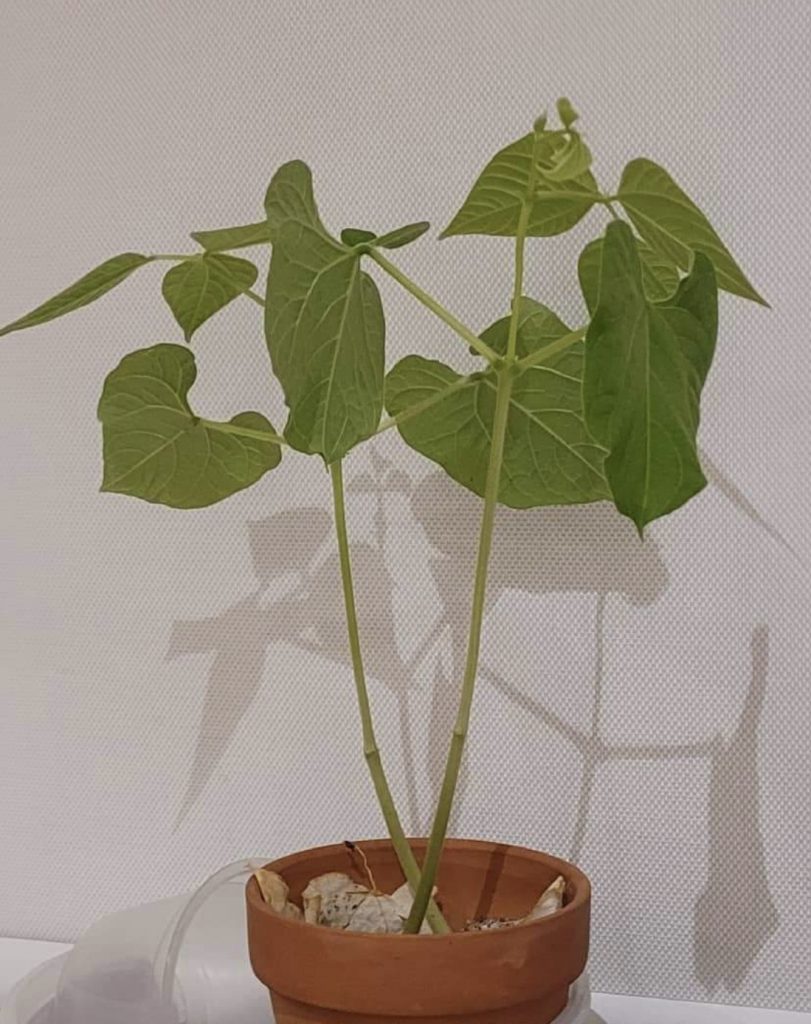
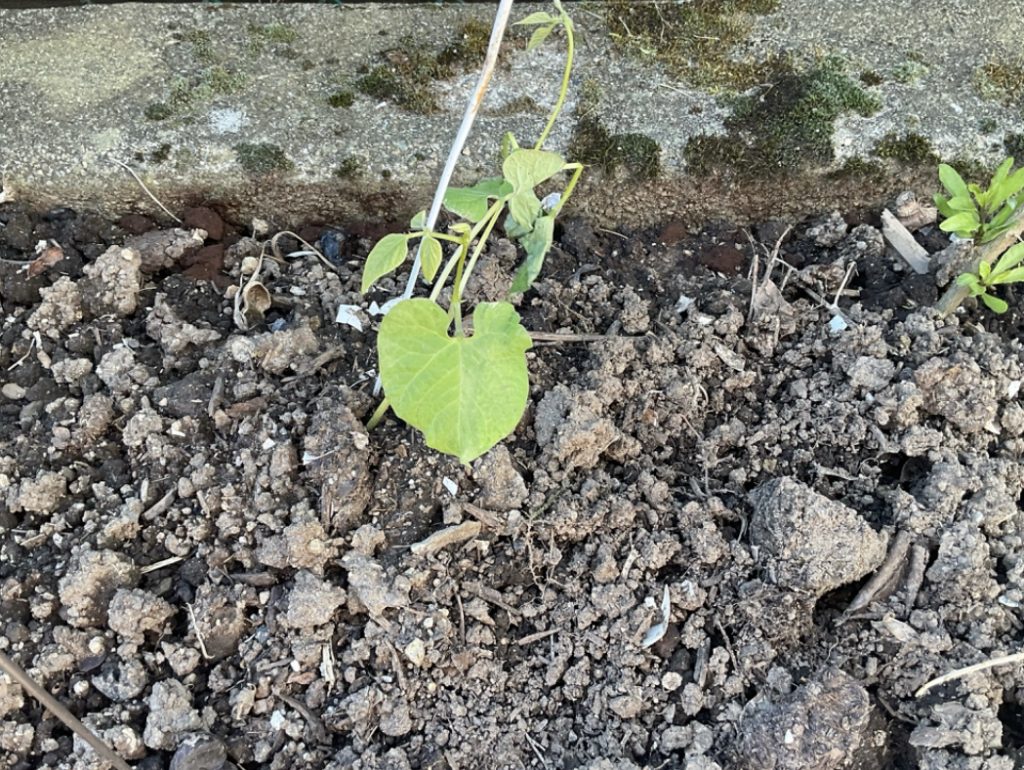

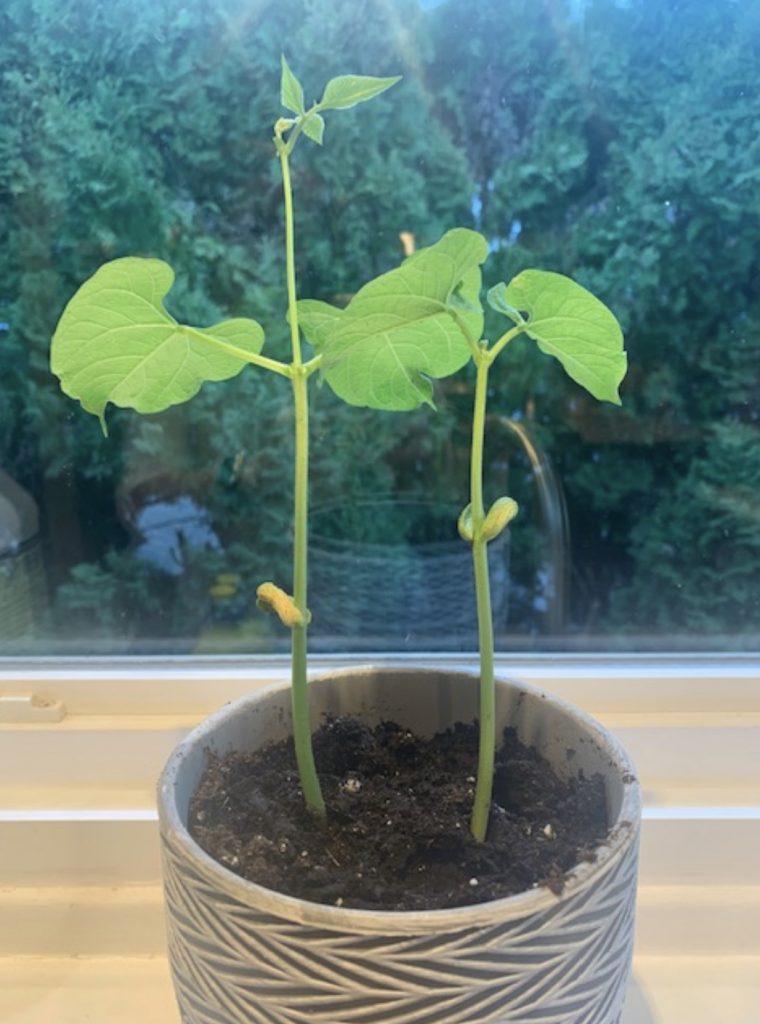
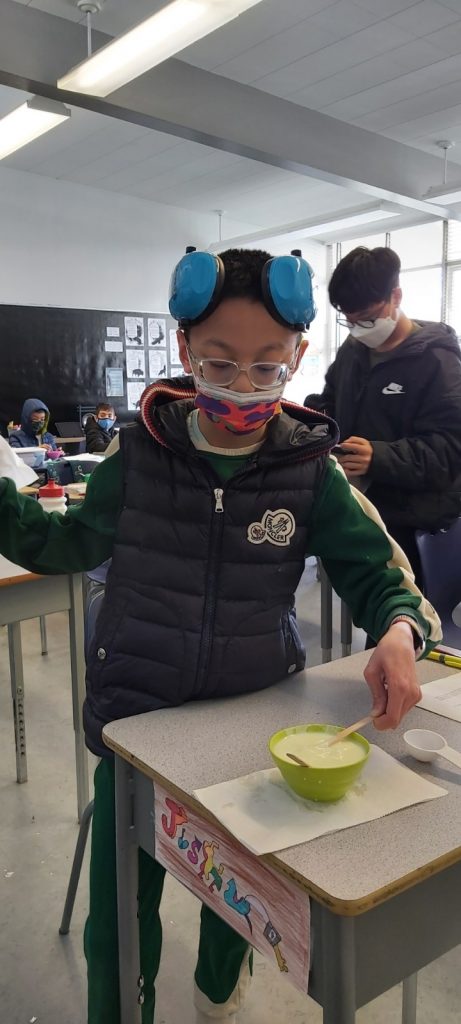
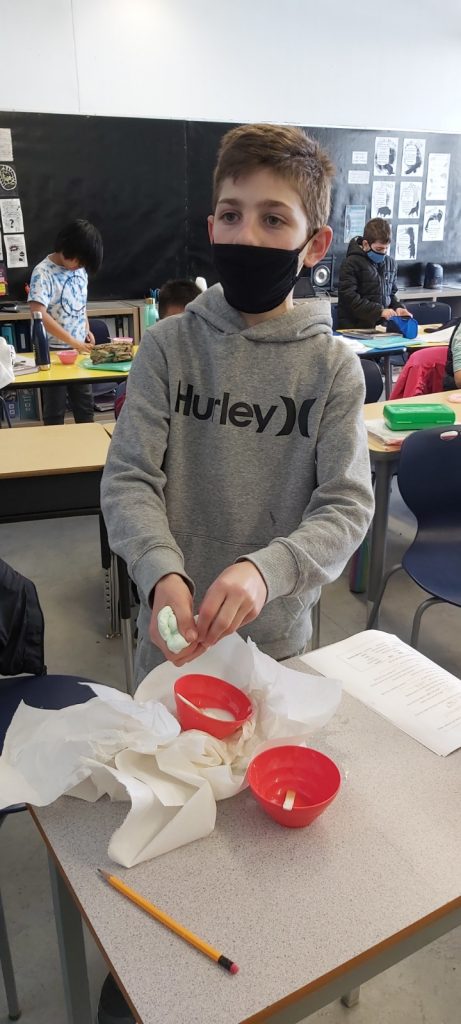
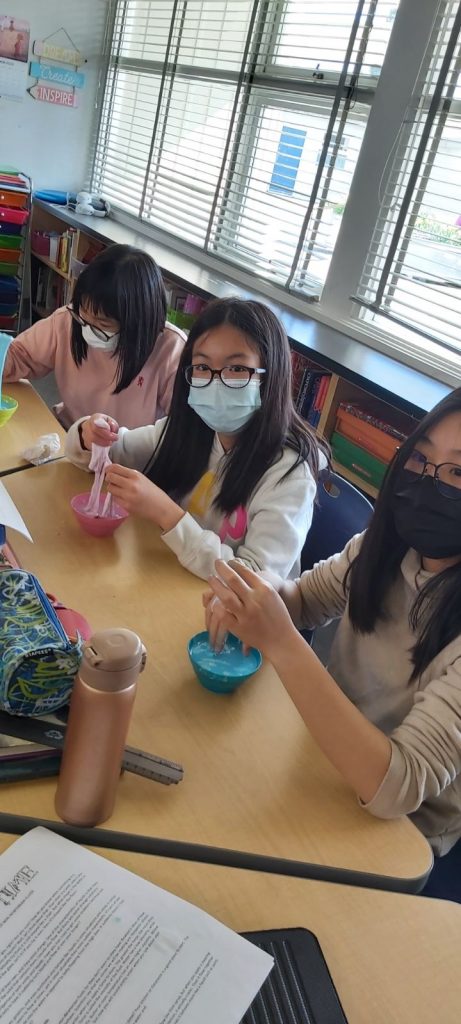
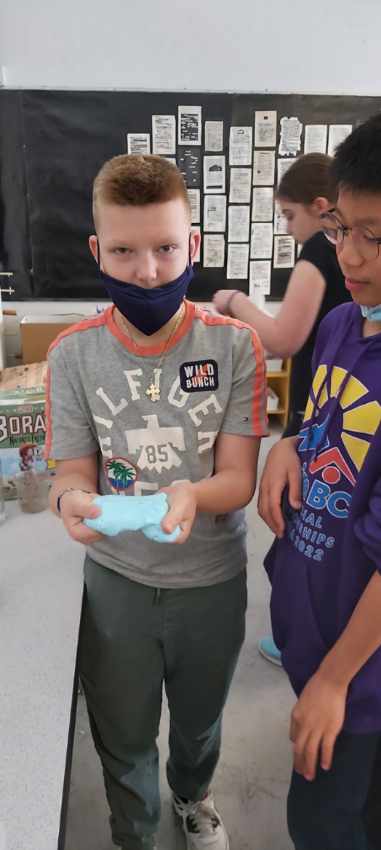
How do you make slime with glue, water and Borax? Slime is made after a chemical reaction occurs between two main ingredients; polyvinyl alcohol and borate ion. Glue contains polyvinyl acetates (PVAC) molecules. These are long polymers that are like long strands of spaghetti tangled together on your plate. The Borax (borate ions)hook these together so they don’t flow so well and begin to act more like a solid and their viscosity increases.
During the slime lab students learned that increasing the amount of water in their slime mixture helped it flow better, while increasing the amount of Borax made the slime firmer.
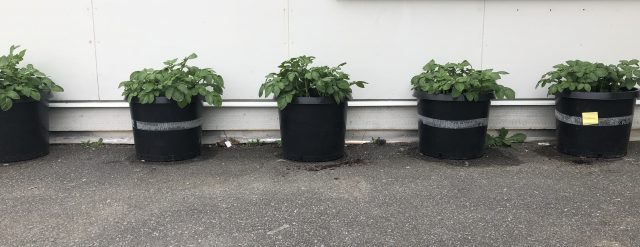
Check out how much our spuds have grown since Spring Break. Harvesting will take place in June. How many potatoes do you think these plants will produce? Put your predictions in the comments section of this thread.
Div 3 Class Blog ©2024. All Rights Reserved.
Powered by WordPress.
Theme by Phoenix Web Solutions